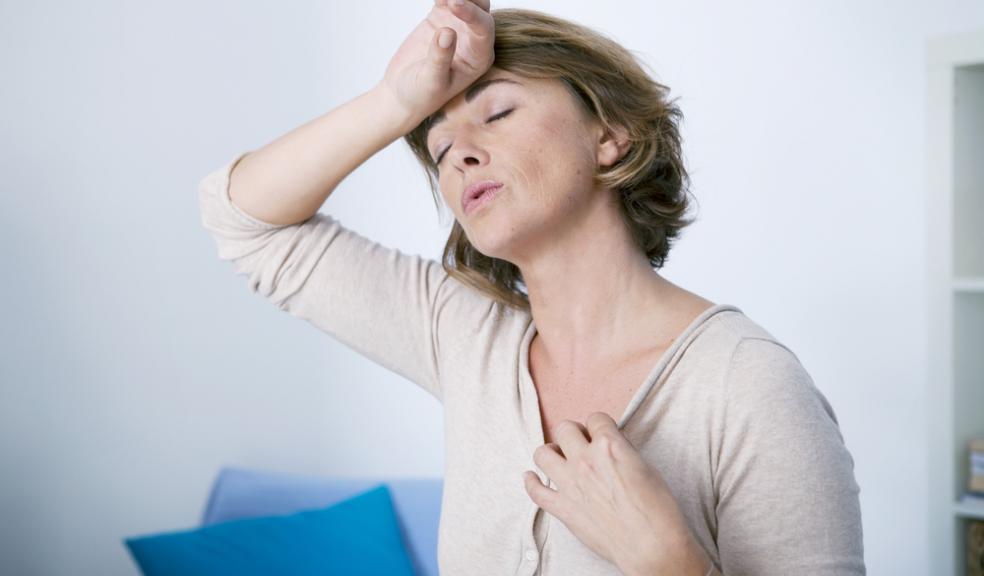
Exercise eases hot flushes during menopause
Exercise can reduce the amount and intensity of hot flushes experienced during the menopause, according to a study published this month in The Journal of Physiology.
Exercise that makes you hot, sweaty and fitter reduced the severity of hot flushes by minimising the symptoms that occur during a hot flush, such as the amount of sweating and elevations in skin, as well as blood flow in the brain. In contrast, the women who remained sedentary reported very little differences in hot flush severity.
Hot flushes are the most common symptom experienced during a woman’s menopause. The physiology of hot flushes remains partly unknown, although they have been linked to raised blood lipids and potentially insulin resistance, which could be risk factors for cardiovascular diseases.
To measure the characteristics of hot flushes and impact of exercise, researchers recruited 21 healthy symptomatic post-menopausal women, of which 14 undertook a gym-based exercise programme for four months while another group formed a control group and carried on with their life as normal.
Participants completed a self-assessment questionnaire about the frequency and intensity of their hot flushes.
To get a physiological hot flush assessment, the researchers placed the women in a hot water suit to induce a hot flush and then recorded their physiological reactions, including sweating and skin and brain blood flow, which match the descriptions of sweating, flushing and faintness on the usual self-report hot flush questionnaire.
The women in the exercise group exercised in the gym on a treadmill, bike, rower and cross trainer so they increased their breathing and blood flow and sweated but were still able to talk. They progressed from three 30-minute sessions a week to five 45-minute sessions a week. After 4 months, they measured the number and severity of hot flushes again using the same measurements.
In addition, researchers found that hot flushes significantly increased heart rate, skin blood flow and sweating, but reduced mean arterial pressure and blood flow in the brain.
Dr Jones from the Research Institute for Sport and Exercise Sciences at Liverpool John Moores University and lead investigator of the study commented: "Previous studies have only investigated if post-menopausal women could improve the number and severity of hot flushes using a questionnaire which described symptoms.
"We have provided direct evidence that the physiological reactions during a hot flush can be improved with regular exercise that makes you fitter.
"This information can now be used to promote exercise as a treatment in the management of menopausal hot flushes. In future research, we would like to find out if exercise training also works for breast cancer related hot flushes, when hot flushes may even be more severe."













